
Viola fingering
Buy Viola in Music's Collection of
13 famous tunes
Read more
Before we talk about viola fingering, what is fingering? It is the art of choosing, on any instrument, the best succession of fingers to play notes.
Yes, you can play notes almost anywhere on the viola and
with any finger but a good fingering is one that makes your life easier (that is, no unnecessary up and down the fingerboard or unnecessary awkward string crossings) and, more important, makes good music.
Most of things apply both to violin and viola, although there are some subtle differences between violin and viola fingering because of the difference between violin and viola size.
On violin and viola there are several positions where the performer can play the same notes. As the word says, these positions are actually where the player places the fingers on the fingerboard: more toward the scroll (low positions) or more toward the body of the instrument (high positions), named from 1st position to 11th, 12th, 13th. The very high positions are used not as often as lower positions (1st to 5th), especially on the viola. There is also something called half position, which is with the hand even a bit nearer the scroll. On the viola, the half position is used more often, to avoid stretching the fingers. For example, if you have G#-B–E–G#, on the violin you could well use 1-2-1-3 (mostly 1st position, starting on the G string), because the distance between the notes is smaller. On the viola you could do the same, but I’d rather play everything in half position, that is 1-3-2-4, especially when the viola player’s hand is not very big. This is only a tiny example, it depends also on where you are and where you are going.Also, when there are two alternatives, lower positions are preferable on the viola, unless there is a specific musical reason to use the higher position.
Why? The same notes played in a lower position on a higher string give the viola a brighter sound quality. You have a longer part of the string vibrating which therefore produces more harmonics, a richer tone. Also the string starts vibrating more promptly.
Higher positions on a lower string on the other hand give the viola a darker tone, so you can choose this when you actually want to produce a tone with that character because it is appropriate for that particular music.
The great viola player William Primrose in his one of his viola books, "Conversations with William Primrose", recommends this approach and gives a lot of examples of his own fingerings, explaining the reasons for his choices. There are also some works edited by Primrose where you can see the fingerings he used.
How to choose a good viola fingering?
Here are some existential questions… Maybe sometimes you’ve asked yourself these questions … or you can start now, they can help you choose a fingering too!
Who am I? … Where do I come from? … Where am I going? … What is my purpose? …
Who am I?
This simply means, choose a fingering that fits you, not your teacher, your friends, the music editor or the great performer. It’s good to ask or know other people’s fingering, especially when you have not much experience, there is always something to learn. At the same time it’s good to think for yourself, try and work out the right fingering for you, you can learn even more.
You’ll see that different editions of the same piece have different fingerings. Those editions with more indications are helpful especially for beginners, while those ones with no indications at all are meant for advanced players.
Everybody is different. What is your hand size? What are your technical strengths or weaknesses? Are you a beginner or an advanced student, a beginner or an experienced amateur, a professional? Are you playing as a solo player, doing chamber music or in orchestra?
Someone might choose a high position fingering just because of this sort of reasoning: “higher is more difficult, so I can show I can play in a high position; low position is easier, for beginners, I don’t want someone to think I’m a beginner, that I can’t play in a high position.”
There is no point in choosing a “difficult” fingering if you cannot play it properly. It would just ruin the music. On the other hand, you can choose an “easier” fingering and achieve a great musical result, which is the only important thing. When you advance you can choose a different fingering.
Where do I come from?
Where am I going?
These two questions are strictly connected. One thing is playing certain notes on their own, a different thing is playing them within a musical phrase, or at the beginning or at the end of it.
Sometimes you know you want to arrive at a certain note with a certain finger, so you may need to change the starting finger. You need to have an idea of the overall fingering of a passage, not think of one finger at a time. Each fingering, each position, prepares and goes into the next one.
What is my purpose?
Do you want to emphasise the brilliant, lively character of the music? Do you want to give contrast, playing the same thing in different ways? Or keep consistency? Are you playing with other instruments and want to match their tone? Or exaggerate the difference? Is the melody a simple one, like a lullaby, or a solo virtuoso passage meant to show off? Which effect do I want to create? What do I want to say?
In general, to be able to chose your own viola fingering, you need to be well at ease with as many positions as you can, the odd ones (1st, 3rd, 5th, etc.) and the even ones (2nd, 4th, 6th), often neglected but very useful especially for the viola, to “reduce the distances”.When you need to find your own viola fingering, just try, try and try again. Do your own experiments. Hear the differences in the tone and in the overall result.
I hope these few advices are of some help to you. At the end, it’s all a matter of choice and personal taste and the musical result you want.
Go from Viola fingering to Viola Fingering Chart
Go back from Viola fingering to Differences between Violin and Viola

Tweets by @MonicaCuneViola

Play easily without pain &
nerves
Related pages
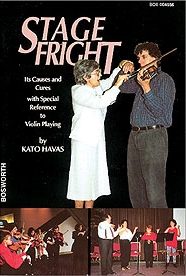 Read the book "Stage fright - Causes and cures", by Kato Havas, and play freely
Read the book "Stage fright - Causes and cures", by Kato Havas, and play freelyDifferences between
violin and viola
The beautifully simmetric
alto clef or viola clef or C clef
Buy Viola in Music's Collection of 13 famous tunes (19 pages)
£7.99 and download them instantly
They are in their original keys, so you can play them in sessions with other instruments
Jesu, joy of man's desiring
Michael Turner’s waltz (2 versions)
The
greenwood tree
The south wind
Fanny Power
Ye banks and braes
Skye boat song
My Bonnie
My love is
like a red, red rose
Sportsman’s hornpipe
The road to Lisdoonvarna
Danny Boy (Londonderry Air)
Iron legs
Do you like
Viola in Music?
Support it by buying sheet music here
Download Sheet Music
|
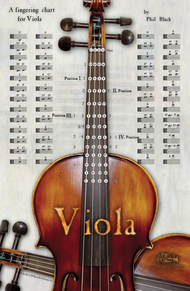





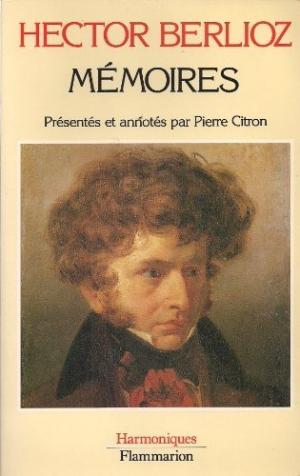
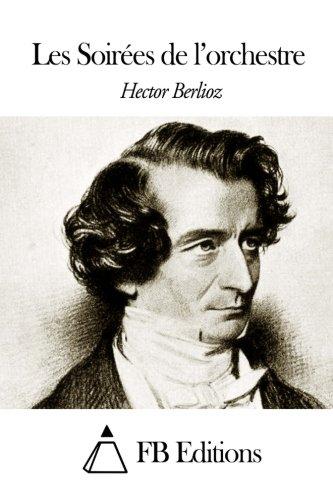
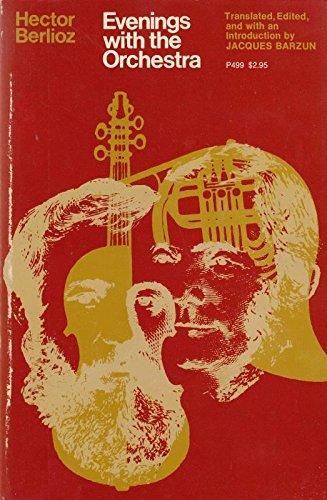


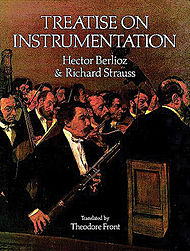

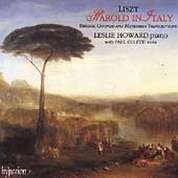
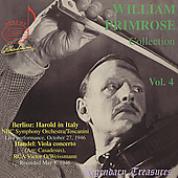
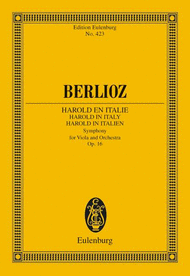
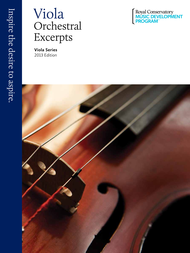
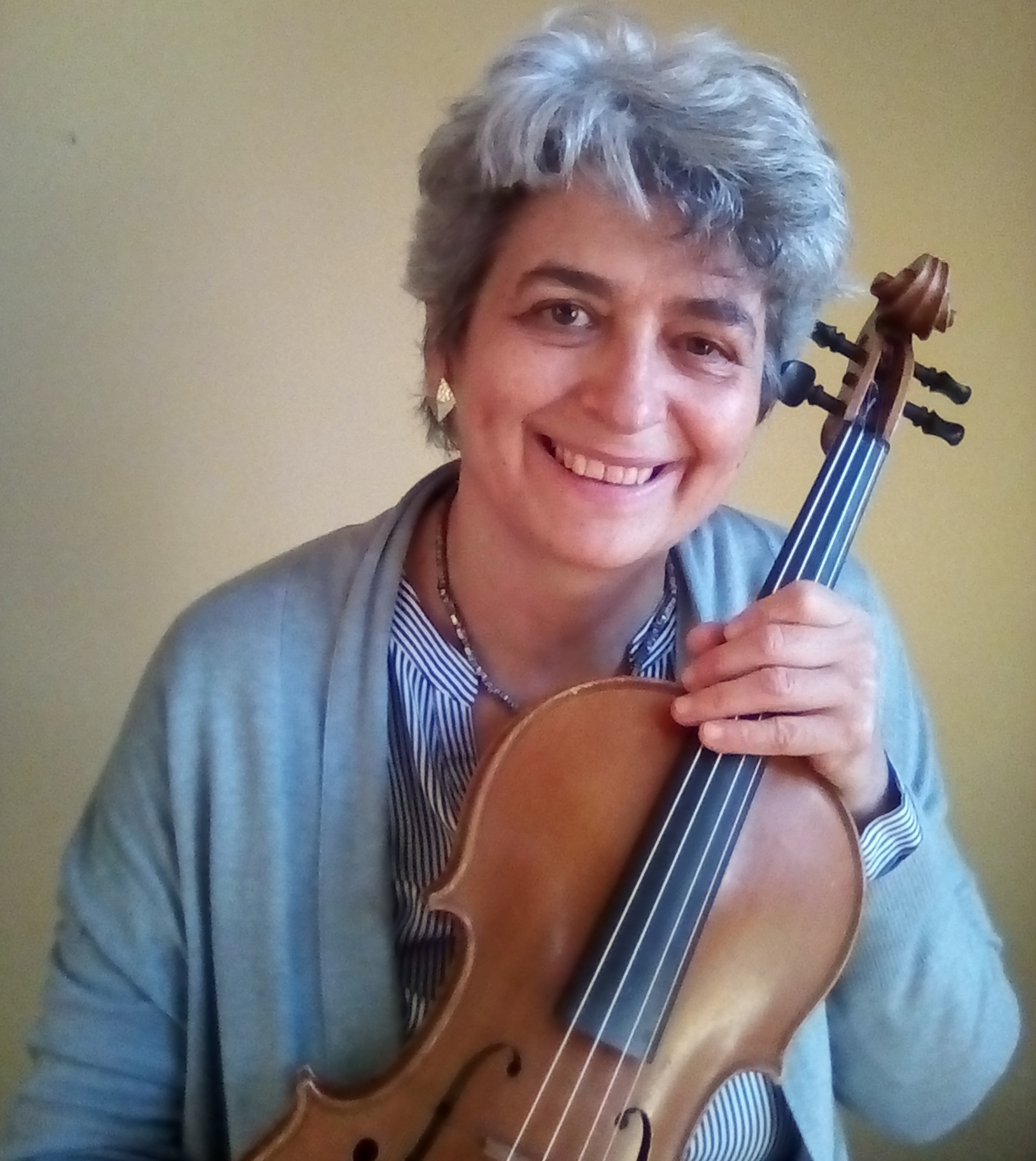
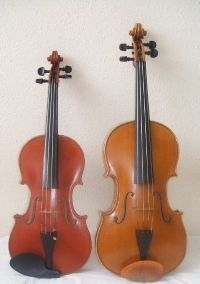

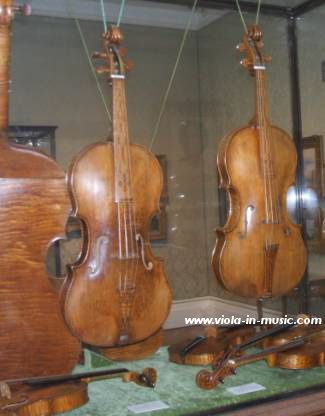
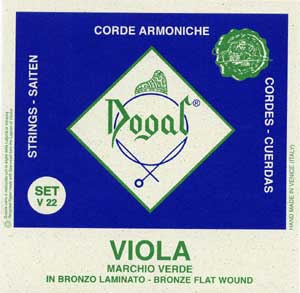
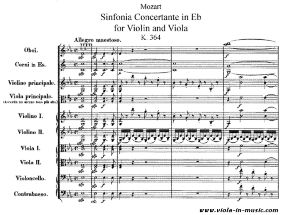



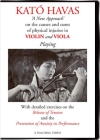
New! Comments
Have your say about what you just read! Leave me a comment in the box below.